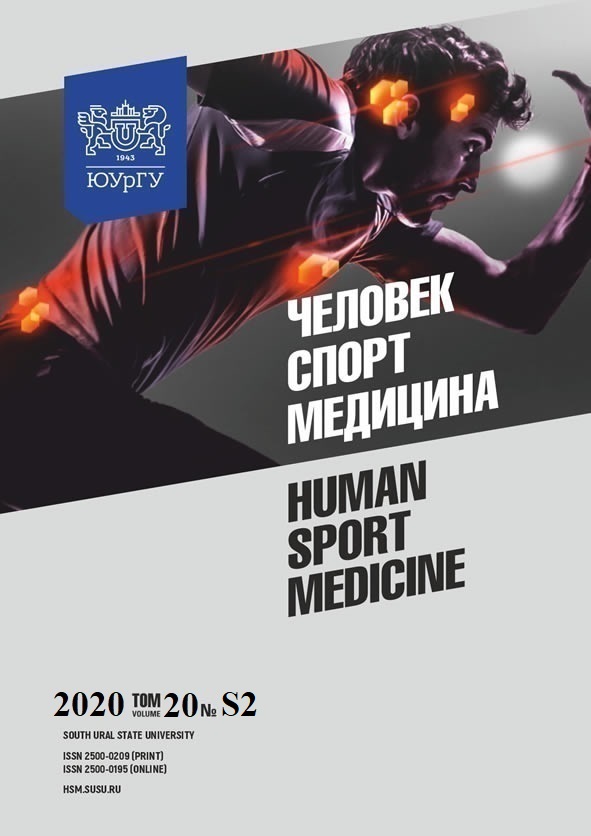NEUROORTHOPAEDIC COSTUMES IN THE REHABILITATION OF PATIENTS WITH PARAPROTEINEMIC POLYNEUROPATHY
Abstract
Aim. The paper aims to evaluate the rehabilitation potential of the Phaeton neuroorthopaedic costume in the course of the comprehensive treatment for patients with peripheral paraproteinemic polyneuropathy. Materials and methods. 20 patients with peripheral paraproteinemic polyneuropathy were examined. The following methods were used during the study: physical therapy by means of the Phaeton neuroorthopaedic costume, force platform measurements and electroneuromyography. Results. In the main group, where drug therapy was combined with physical therapy classes in the neuroorthopaedic costumes, patients showed more pronounced positive dynamics in terms of improved surface and deep sensitivity, as well as reduced sensory ataxia. During the survey, patients also noted a decrease in paresthesia, numbness, twisting, tingling, goosebumps in the distal areas of the limbs, a decrease in unsteadiness when walking (due to reduced sensory ataxia). Conclusion. The use of the neuroorthopaedic rehabilitation costume for patients with peripheral paraproteinemic polyneuropathy turned out to be very effective, safe, and not time-consuming, which makes it possible to use it both in routine clinical practice and in sports medicine for increasing tolerance to physical activity, improving coordination and balance and working with Paralympic athletes.
References
References on translit
Copyright (c) 2021 Human. Sport. Medicine

This work is licensed under a Creative Commons Attribution-NonCommercial-NoDerivatives 4.0 International License.















